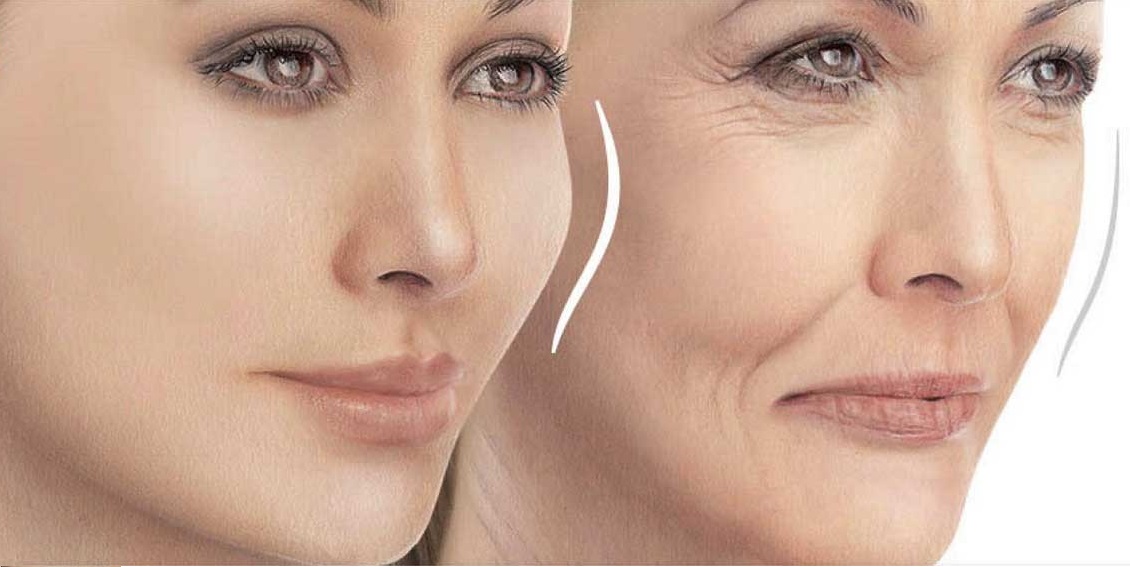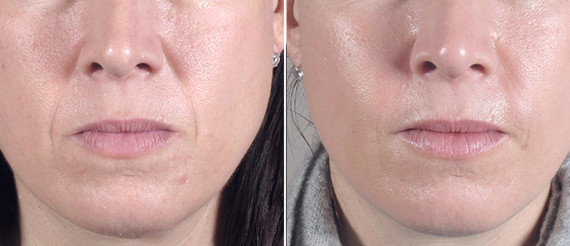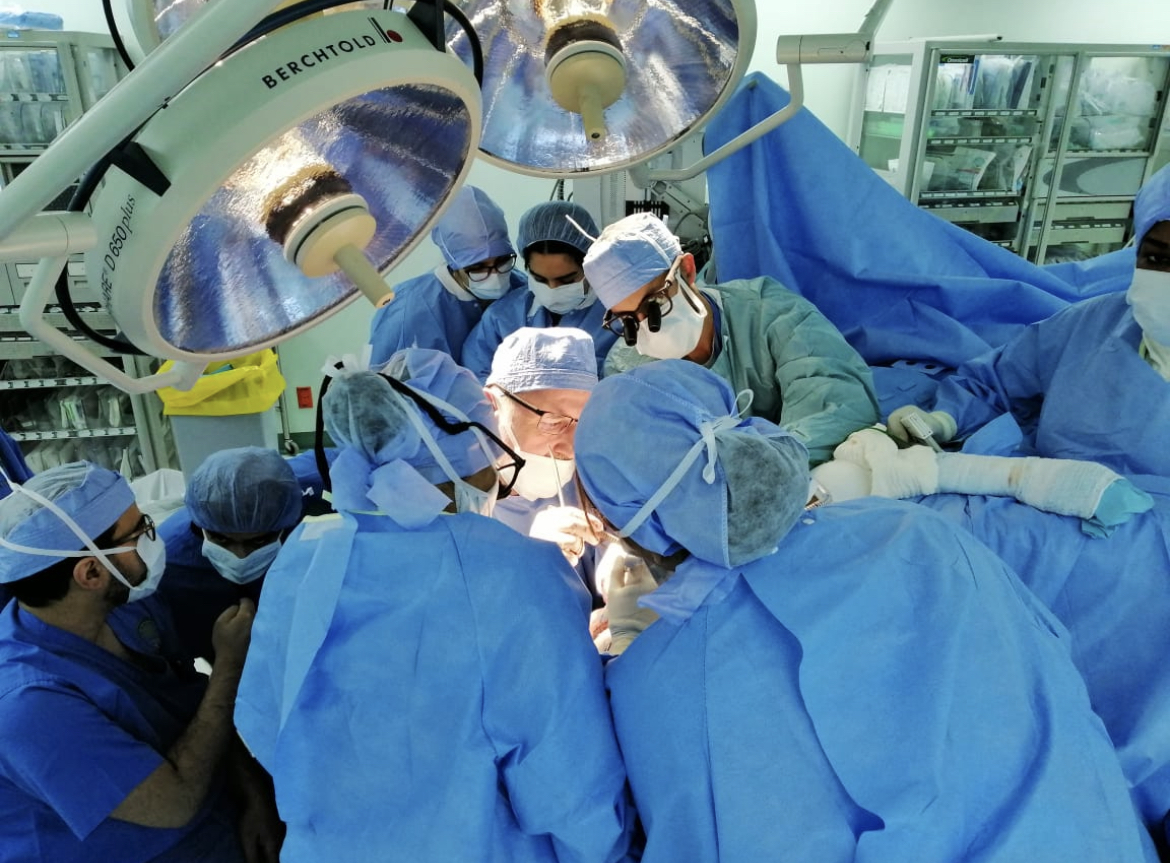
Fat Injection – Face
How can fat injections be used as dermal fillers?
Some patients may want to consider fat injections, which use fat harvested from the patient’s own body which can then be re-injected to enhance facial fullness, fill creases or build up shallow contours.
How fat injections are administered
Fat injection requires a more extensive procedure than “off-the-shelf” soft tissue fillers.
A “donor area” must be determined (such as the abdomen or buttocks) and liposuction is used to extract the fat. The suctioned fat can then be transferred to the face, as a graft.
The grafted fat then has to redevelop a blood supply in order to survive. About 50% of the fat injected will survive, and the surviving fat will last forever.
Fat injection results
In the face, most of the transferred fat usually survives, but the results can be a bit less predictable. Typically, multiple fat transfer procedures will be needed to achieve desired results.
The use of fat transfer involves additional discomfort in the donor area. This is a minor surgical procedure that can be performed in the surgeon’s treatment room or in an operating room.
Who can have fat grafting?
Fat grafting is a procedure that can restore fullness and volume to certain areas of your face through a combination of fat liposuction and reinjection using your own excess fat deposits. It can be used to correct a variety of issues like depressed scars, thin lips, hollow areas of your skin, laugh lines and facial creases, among other uses.
If you are unsure whether fat grafting is an effective skin care rejuvenation treatment for your concerns, our specialists can help you determine whether the procedure is best to achieve your cosmetic goals.
How does facial fat grafting work?
Fat grafting is typically performed under a light anesthetic. Initially, an appropriate amount of fat is harvested from another part of your body, typically the abdomen, flanks, thighs, or buttocks. Because your own tissue is used for fat grafting, there is no need for allergy testing. The harvested fat is processed and purified. Fat cells can then be injected into the face through a fine needle, precisely enhancing volume in the desired area.
Benefits and risks of fat grafting
There are a variety of possible benefits from getting autologous fat grafting. The procedure can be used to:
- Correct deep lines on the face
- Correct depressed scars
- Correct thin lips
- Provide facial contouring
You may experience some swelling and inflammation in the grafted areas that dissipates within a few days. Other possible risks are similar to other surgeries, such as bleeding and infection. Your surgeon will discuss the risks as well as the benefits of facial fat grafting during your consultation so you can be sure you’re making the right decision for you.
What happens during fat grafting?
Fat grafting is usually done under local anesthetic. Your surgeon will collect fat cells using liposuction from 1 of several areas: your abdomen, thighs, buttocks or another location. Once liposuction is complete, the fat will be purified in preparation for reinjection.
After your plastic surgeon has injected the appropriate amount of purified fat into the injection site, an adhesive bandage will be placed over the injection site. It is important to note that some of the fat your surgeon injects may be absorbed by your body, affecting the final result, but it is not possible to fully anticipate how much will be reabsorbed.
Following the fat grafting treatment, you should expect to see some swelling, bruising or redness both in the injection site as well as the donor site, but these will diminish in the days after the procedure. Any pain associated with the procedure can be managed with medication, as necessary. The results of fat grafting can last for several years.


